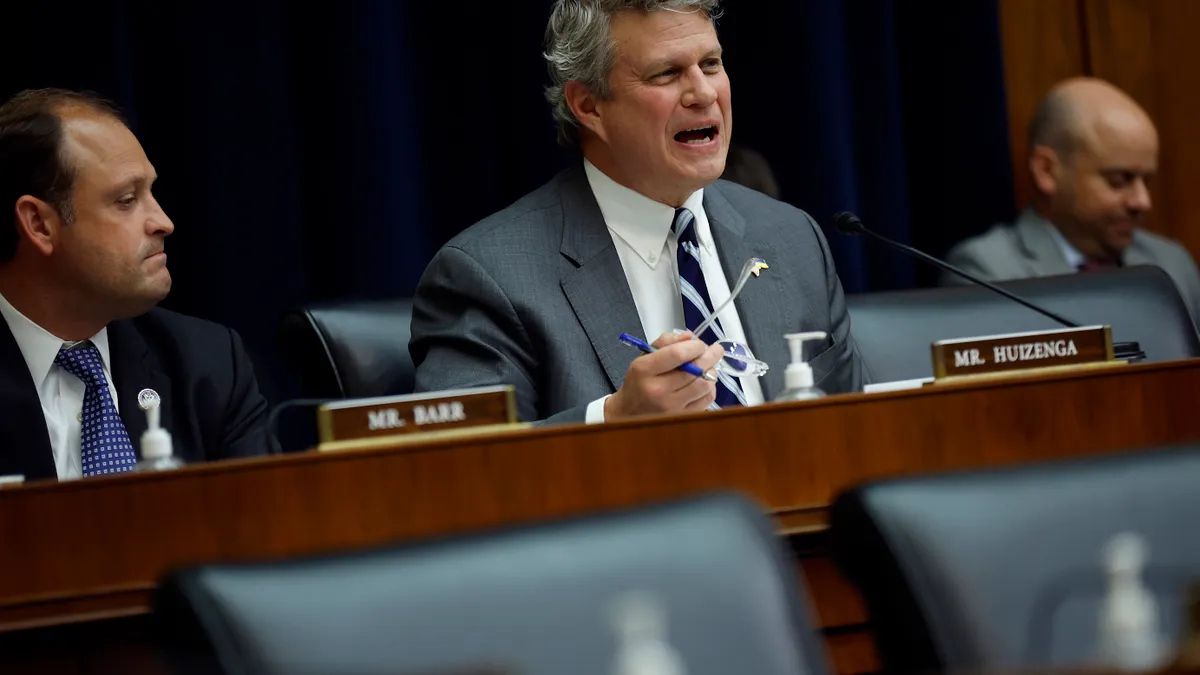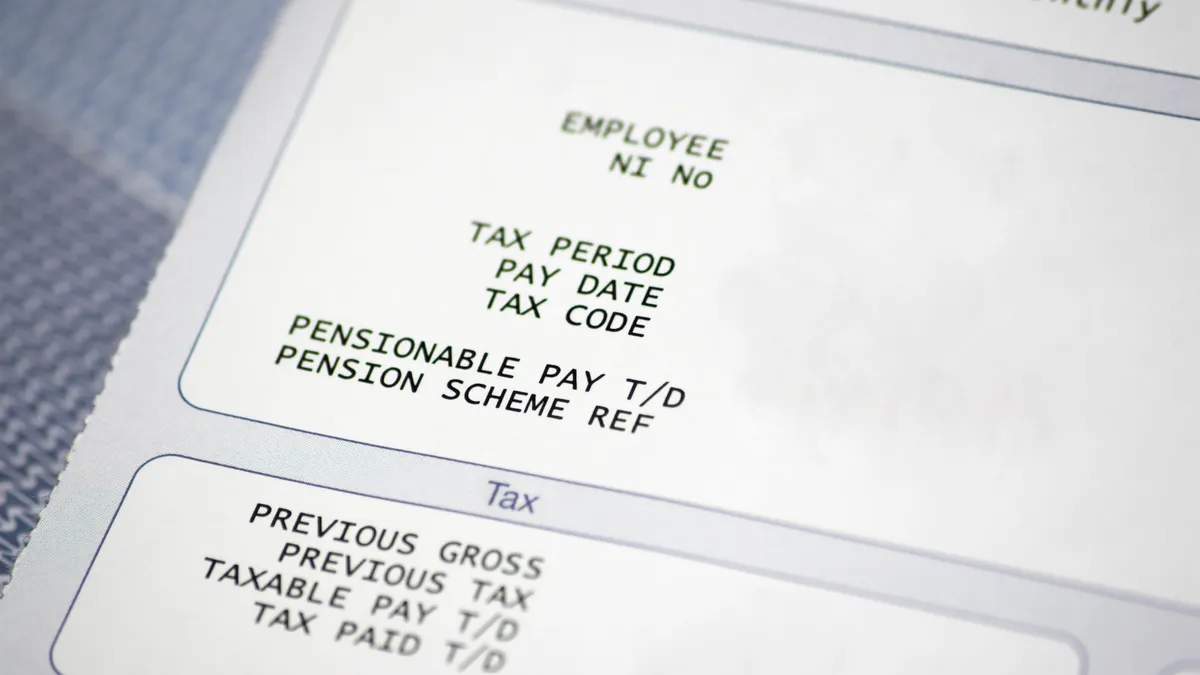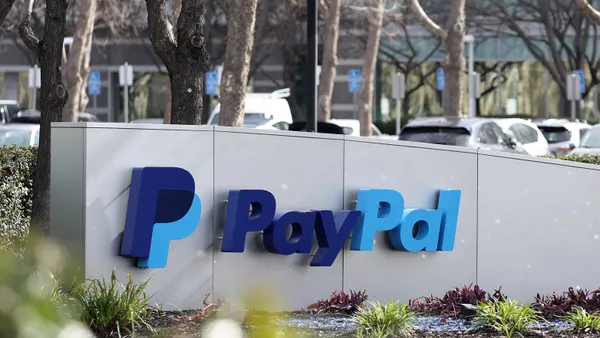If you want to attract attention to a market, create a rivalry. That’s the lesson learned so far this year from a rush by U.S. banks and credit unions to adopt real-time payments services.
The Clearing House began selling its RTP network services in 2017, becoming the first entity to offer real-time payments services in the U.S. Since then it’s been a slog to attract banks and credit unions to connect to the network. But after the Federal Reserve launched the competing system FedNow in July, interest surged.
About 200 banks and credit unions have joined the RTP network this year as of Friday, with about 130, or two-thirds, jumping on board since July, a spokesperson for TCH said. That annual tally is already double the number of financial institutions that hooked up to RTP last year. It now has a total of 460 participants.
And FedNow has been pulling in new participants too, with about 320 connecting so far, up from the less than 50 that were there at the start.
“FedNow goes live, and we start onboarding four times as many banks to the RTP network as we had done previously,” David Watson, CEO of The Clearing House, said in an interview Tuesday.
The increase in real-time payments activity is a potential boon to the U.S. economy. As payments move faster, commerce does too. With real-time payments, transactions can be completed in minutes as opposed to days.
Real-time payments are expected to comprise 27.8% of all electronic payments worldwide by 2027, relative to 18% last year, according to an ACI Worldwide report in March. Meanwhile, U.S. real-time payments amounted to just 1.2% last year.
Watson chalks up the earlier sluggish start partly to confusion created in the market after the Fed initially sought to collaborate with the private sector on faster payments, circa 2015, and later began developing its own system.
“We then had one system live, and a second system planned — the majority of the country stepped back and said, ‘Let’s do nothing and see what happens,’” Watson observed. “We probably lost about five years as a country as a result.”
A spokesperson for the Fed declined to comment on the RTP adoption surge, but provided an update on FedNow. “We see a lot of growing momentum in the pipeline,” FedNow Chief Executive Nick Stanescu said in an emailed statement from the spokesperson. “I’m excited to see how the service will grow and help bring the benefits of instant payments to households and businesses nationwide.”
Watson, a native Scotsman who took the top post at The Clearing House in February, acknowledges the U.S. is playing catch-up with other countries that have moved ahead with real-time payments systems much faster. At the same time, he appreciates that the U.S. wouldn’t impose mandates that force the issue, as has been the case in other countries, such as India.
RTP has been a harder sell partly because The Clearing House is owned by the largest banks in the country and the smaller financial institutions have been reluctant to sign up for a system controlled by bigger rivals. FedNow was launched partly to solve that problem.
With nearly 10,000 financial institutions in the country, there is a long way to go. Only financial institutions can connect to the speedier services, and development of use cases for businesses and consumer services have been slow in arriving. Ultimately, the expectation is that those users will create more momentum for increased adoption as they demand more efficient transactions.
For the moment though, the five limbo years allowed pseudo real-time offerings to enter the market and create distractions for users, Watson contends. With those types of services, which would include Zelle offered by Early Warning Services, it appears that the payment settles in real-time, but it’s really just another party stepping in to take on the risk of providing immediate payment while the transaction actually settles on slower payment rails, such as ACH.
“That’s probably not helped us as a country,” Watson said. “Because people are not walking around saying ‘I don't have it — I need it,’ because they think they do, even though they don’t.”
The Clearing House, which clears and settles about $2 trillion in the U.S. each day, is hyper-focused on buttressing demand for real-time payments in the U.S. with Watson building a new team to spearhead the effort. Last month, he hired Keith Melton, who formerly headed up product management at the Federal Reserve Bank of Atlanta, as a strategic program manager for RTP. And this week he named TCH’s first chief strategy officer to help streamline TCH’s focus.
While competition between RTP and FedNow will remain, Watson expects the two will work together to spur more nationwide adoption of real-time payments.
“Yes, we’ll compete, but at the end of the day, we’re both working in organizations that are not driven by commercial profit,” Watson said. “We’re both working in organizations driven by the impact we can have to the economy.”



















